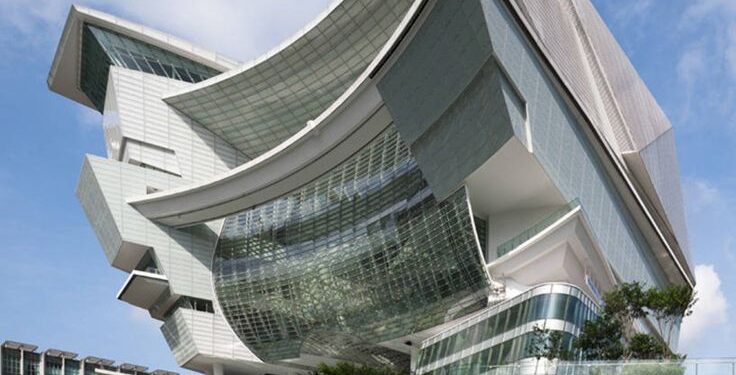Art and architecture have always shared a symbiotic relationship, each influencing and enhancing the other to create spaces that are not only functional but also aesthetically captivating.
When architects collaborate with artists, they produce structures that transcend mere utility, transforming landscapes and enriching human experiences.
This fusion leads to projects that challenge conventions, inspire communities, and redefine the boundaries of creativity. Let’s explore some of the most remarkable examples from around the world where art and architecture converge to shape our environment.
1. Transforming Public Spaces: The High Line in New York City
Originally an elevated freight rail line on Manhattan’s West Side, the High Line has been ingeniously repurposed into one of New York City’s most cherished public parks. This innovative transformation showcases how disused urban infrastructure can be revitalized through the collaborative efforts of architects, artists, and landscape designers.
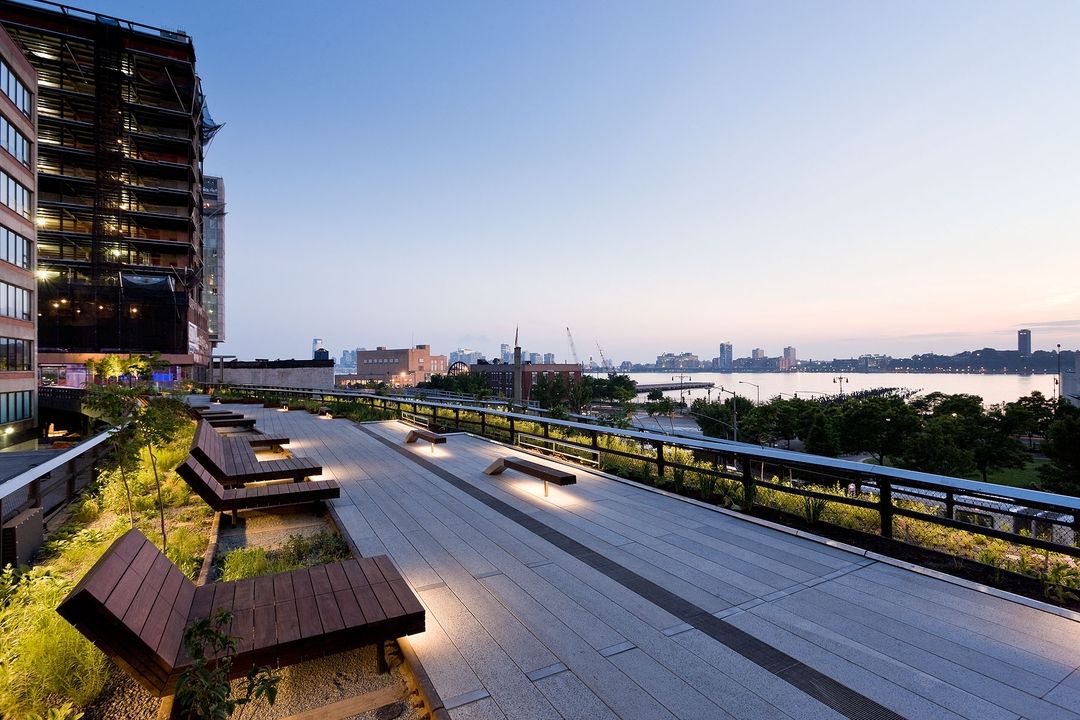
Under the guidance of landscape architect Michael Van Valkenburgh, the High Line has become a 1.45-mile-long greenway that weaves through the cityscape. Valkenburgh emphasized the necessity for public spaces to evolve to remain sustainable and relevant. The park features lush plantings, art installations, and panoramic views of the Hudson River and city skyline. It also serves as a cultural hub, hosting art exhibitions, performances, and community events.
By seamlessly blending nature, art, and urban life, the High Line has set a precedent for urban renewal projects worldwide, demonstrating how collaborative design can reinvigorate public spaces and foster community engagement.
2. Integrating Art into Architecture: The Guggenheim Museum Bilbao
The Guggenheim Museum in Bilbao, Spain, stands as a monumental example of how architecture can become a form of art in itself. Designed by the internationally acclaimed architect Frank Gehry, the museum is celebrated for its groundbreaking design and its role in revitalizing the city.
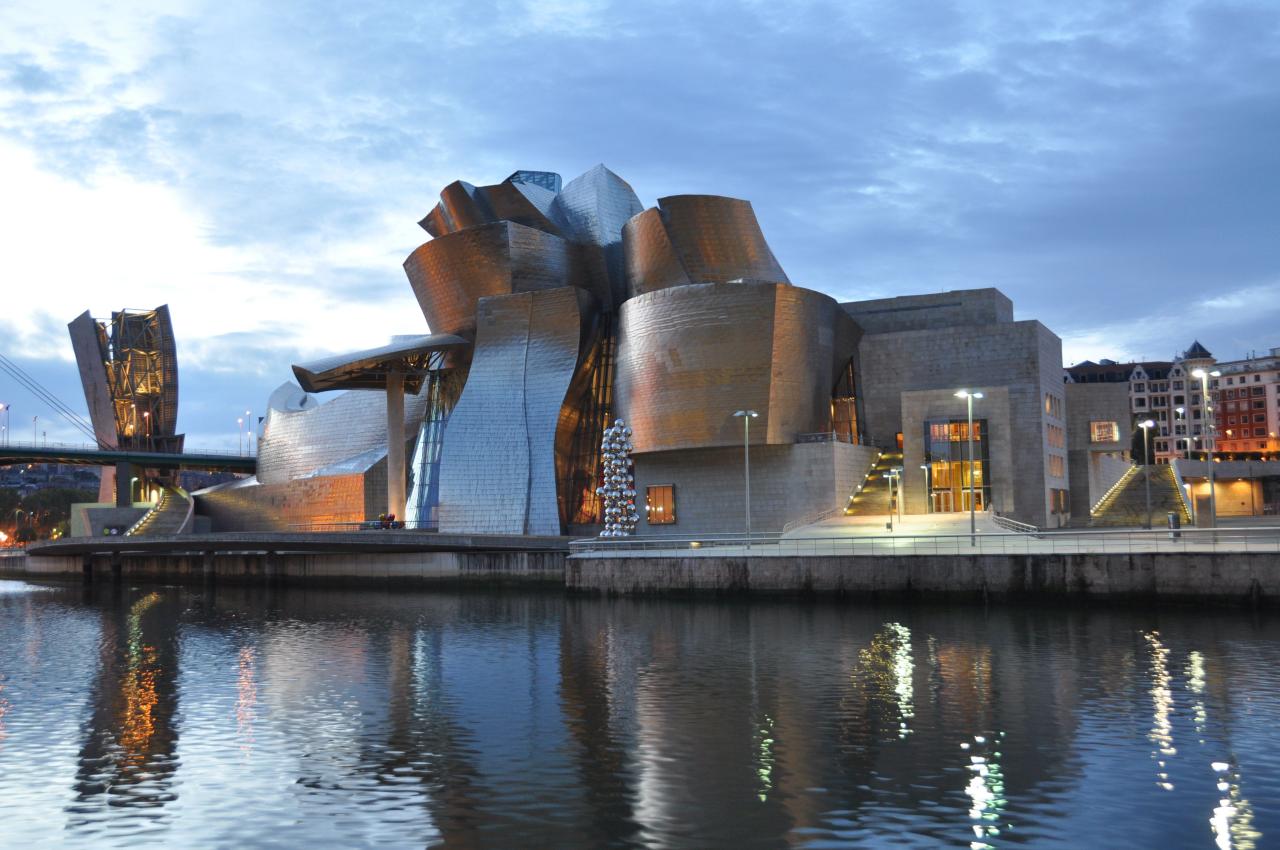
Gehry envisioned a building that exuded movement and fluidity, resulting in a structure composed of sweeping curves and titanium cladding that catches the light in mesmerizing ways. The museum’s organic forms and innovative use of materials challenge traditional architectural norms, making it an iconic landmark.
Inside, the Guggenheim houses an extensive collection of contemporary art, but it’s the building itself that often captures visitors’ imaginations. Gehry’s design blurs the lines between art and architecture, illustrating how the two disciplines can merge to create spaces that are both functional and inspiring.
3. The Rise of Inspiring Street Art: Murals Around the World
Street art has evolved from illicit graffiti to a celebrated form of artistic expression that adds vibrancy to urban environments. Cities across the globe have embraced murals as a way to transform blank walls into canvases that reflect local culture, history, and social issues.
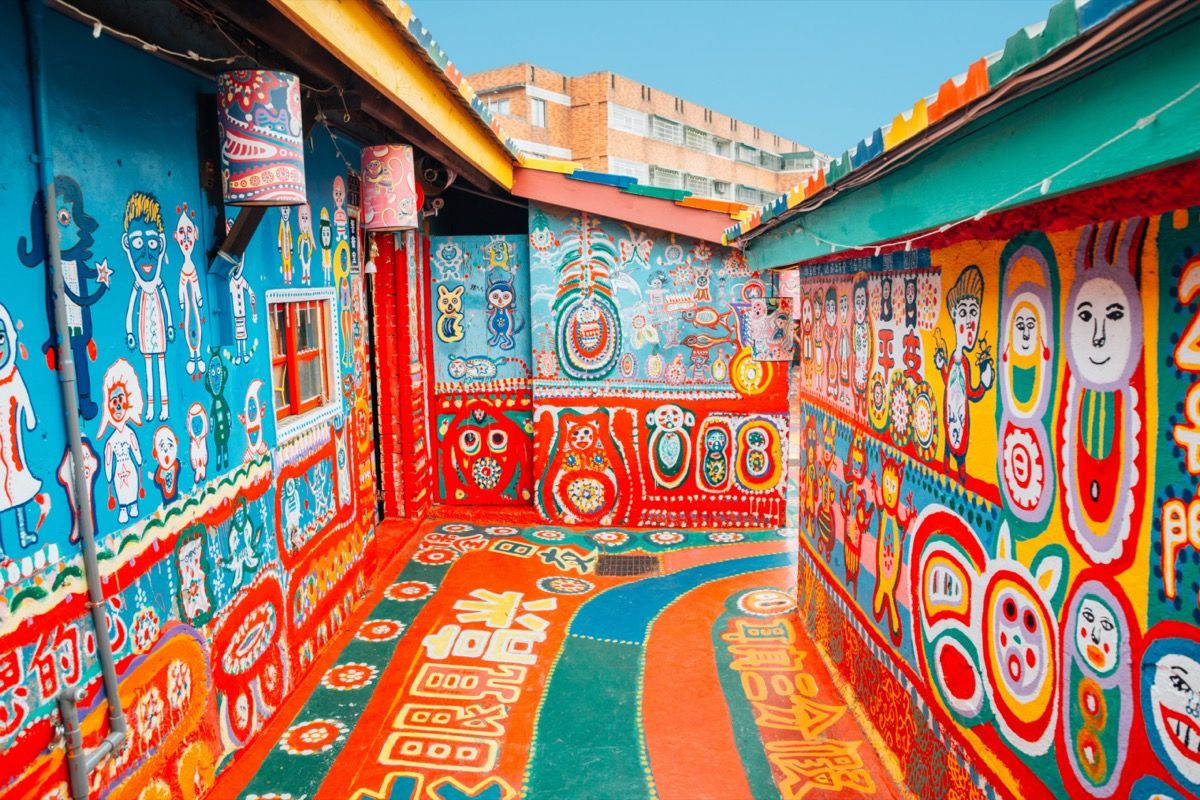
Artists often collaborate with community organizations and local governments to create murals that resonate with residents. These works can be found in cities like Berlin, Buenos Aires, and Philadelphia, each telling unique stories through bold visuals and compelling narratives.
Street art serves as a democratic form of expression, accessible to everyone. It brings art into everyday life, fosters community pride, and can even become a catalyst for social change. By turning the streets into open-air galleries, these murals enrich the cultural fabric of their cities.
4. Architecture Telling Stories: The Heydar Aliyev Center in Baku
The Heydar Aliyev Center in Baku, Azerbaijan, is a stunning example of how architecture can encapsulate a nation’s identity and aspirations. Designed by the late Zaha Hadid, a pioneering figure in contemporary architecture, the center is renowned for its fluid, wave-like forms that break away from conventional architectural geometries.
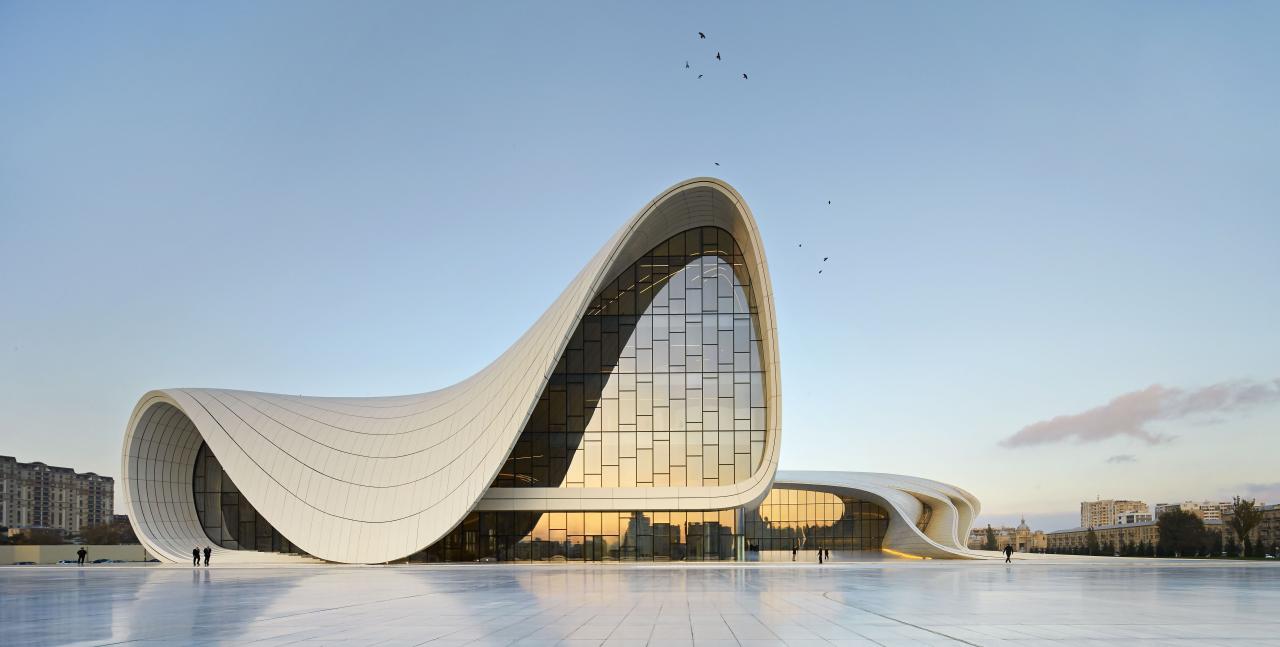
The building’s design symbolizes the country’s commitment to modernization and innovation while honoring its cultural heritage. The continuous curves and undulations of the structure create a sense of movement and dynamism, reflecting the energy of a nation looking toward the future.
Functioning as a cultural hub, the center hosts exhibitions, concerts, and events that promote Azerbaijani culture and international exchange. Hadid’s visionary design demonstrates how architecture can tell a story and become a physical embodiment of a country’s ethos.
5. Interactive Landscapes: The Fields in Denmark
The Fields in Copenhagen, Denmark, represent a forward-thinking approach to landscape design that integrates art, technology, and nature. Conceived by landscape architect Michael Van Valkenburgh, the park offers visitors an immersive experience where they can interact with their surroundings in novel ways.
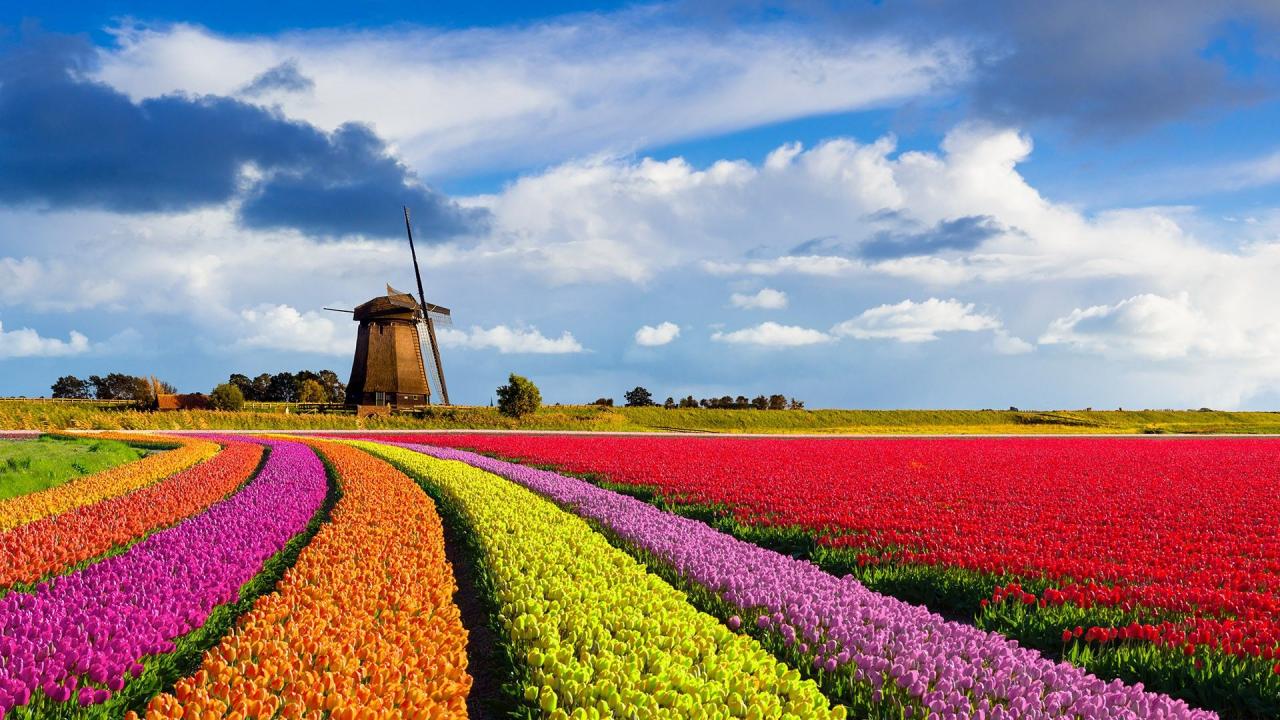
The park features installations that respond to environmental stimuli and human interaction. For example:
A. Sound Sculptures: Structures that produce harmonious sounds when the wind passes through them, creating a natural symphony that varies with the weather.
B. Dynamic Lighting: Pathways and installations that change color based on temperature or time of day, enhancing the ambiance and guiding visitors.
C. Touchable Art: Sculptures and exhibits designed to be explored physically, encouraging a tactile connection with art and nature.
By incorporating these elements, The Fields blur the boundaries between the natural and the artificial, offering a space where technology enhances the appreciation of the environment. This project highlights the potential of landscape architecture to create engaging and interactive public spaces.
6. The Sydney Opera House: An Icon of Collaborative Design
The Sydney Opera House in Australia is a masterpiece of 20th-century architecture and a symbol of collaborative creativity. Designed by Danish architect Jørn Utzon, the building is famous for its distinctive sail-like shells that gracefully rise above Sydney Harbour.
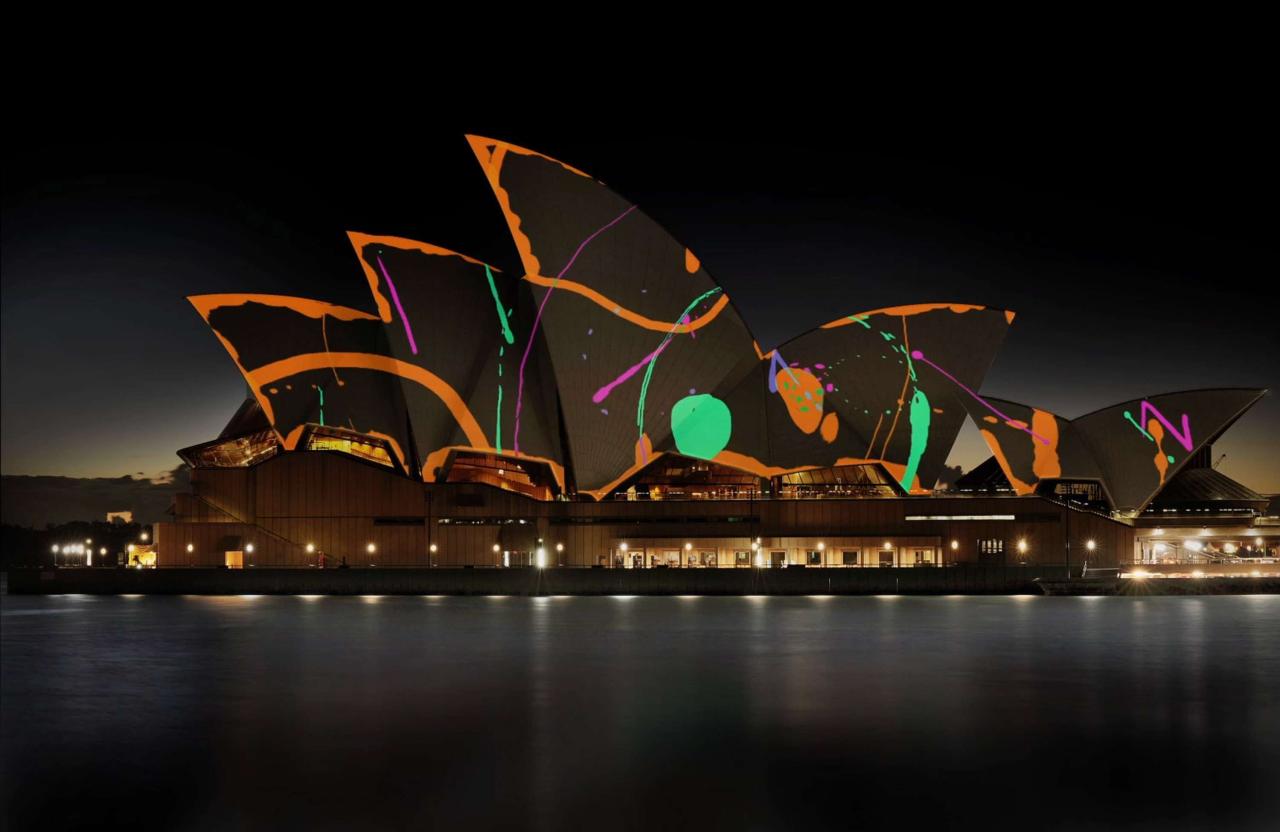
The construction of the Opera House required innovative engineering solutions and the collaboration of architects, artists, and engineers from around the world. The interior spaces feature works by various artists, creating a rich tapestry of design and cultural expression.
As a performing arts center, it hosts a diverse array of events, bringing together music, theater, and dance. The Sydney Opera House exemplifies how collaborative efforts can produce structures that are not only architecturally significant but also deeply ingrained in a nation’s cultural identity.
7. Revitalizing Urban Spaces: Millennium Park in Chicago
Millennium Park in Chicago is a testament to how art and architecture can rejuvenate urban areas and create vibrant community spaces. The park, developed on former industrial and railroad land, features a collection of architectural and artistic attractions that have become city landmarks.
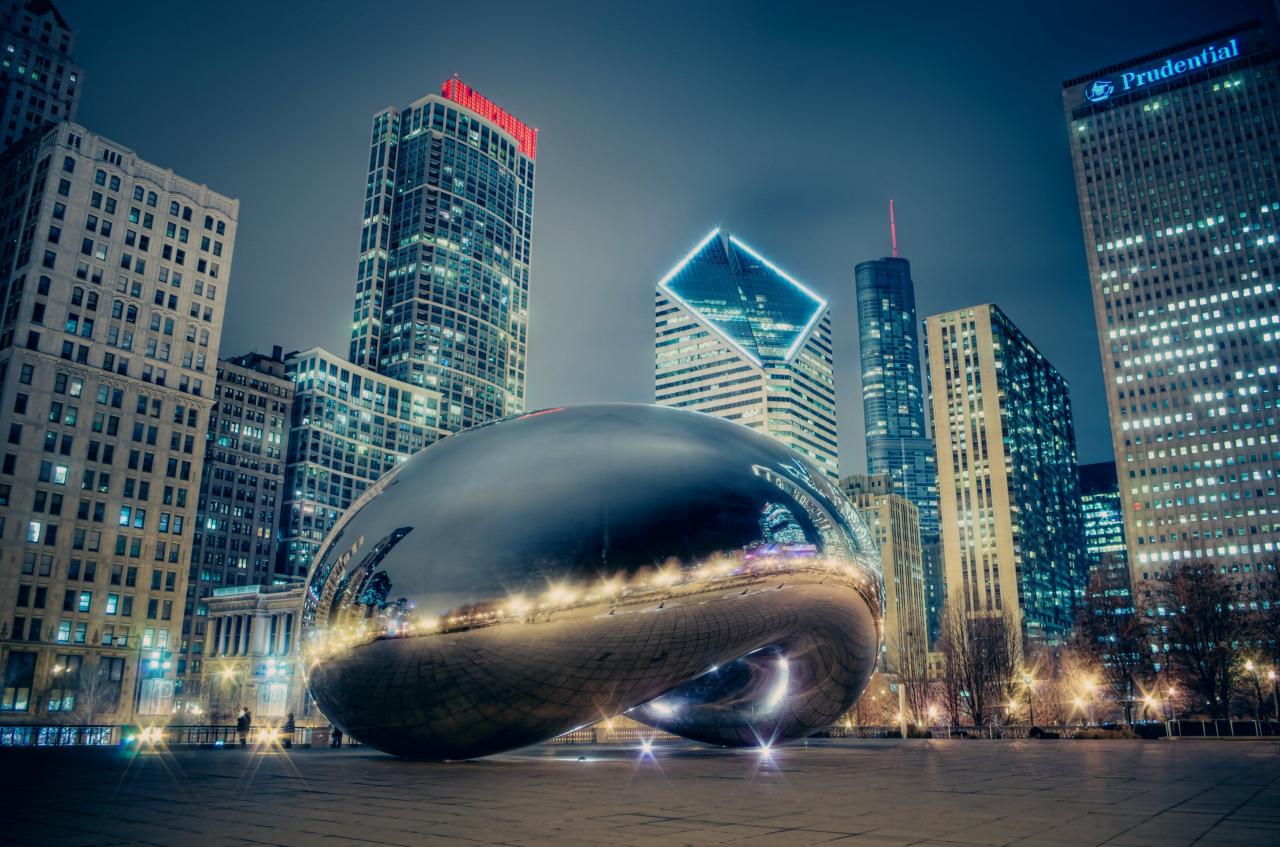
Key features include:
A. Cloud Gate: Anish Kapoor’s iconic sculpture, affectionately known as “The Bean,” reflects the city’s skyline and invites interactive exploration.
B. Jay Pritzker Pavilion: Designed by Frank Gehry, this outdoor concert venue boasts a curvilinear stainless-steel canopy and state-of-the-art acoustics.
C. Crown Fountain: Created by Jaume Plensa, this interactive fountain projects video images of Chicago residents, merging art with public participation.
Millennium Park has transformed a once-underutilized space into a dynamic cultural epicenter, demonstrating how the integration of art and architecture can enhance urban life and attract visitors from around the world.
8. Sustainable Design: The Al Bahar Towers in Abu Dhabi
The Al Bahar Towers in Abu Dhabi showcase the innovative application of traditional design principles to achieve modern sustainability goals. Designed by Aedas Architects, the twin towers feature a dynamic façade inspired by Mashrabiya, a traditional Islamic architectural element used for shading.
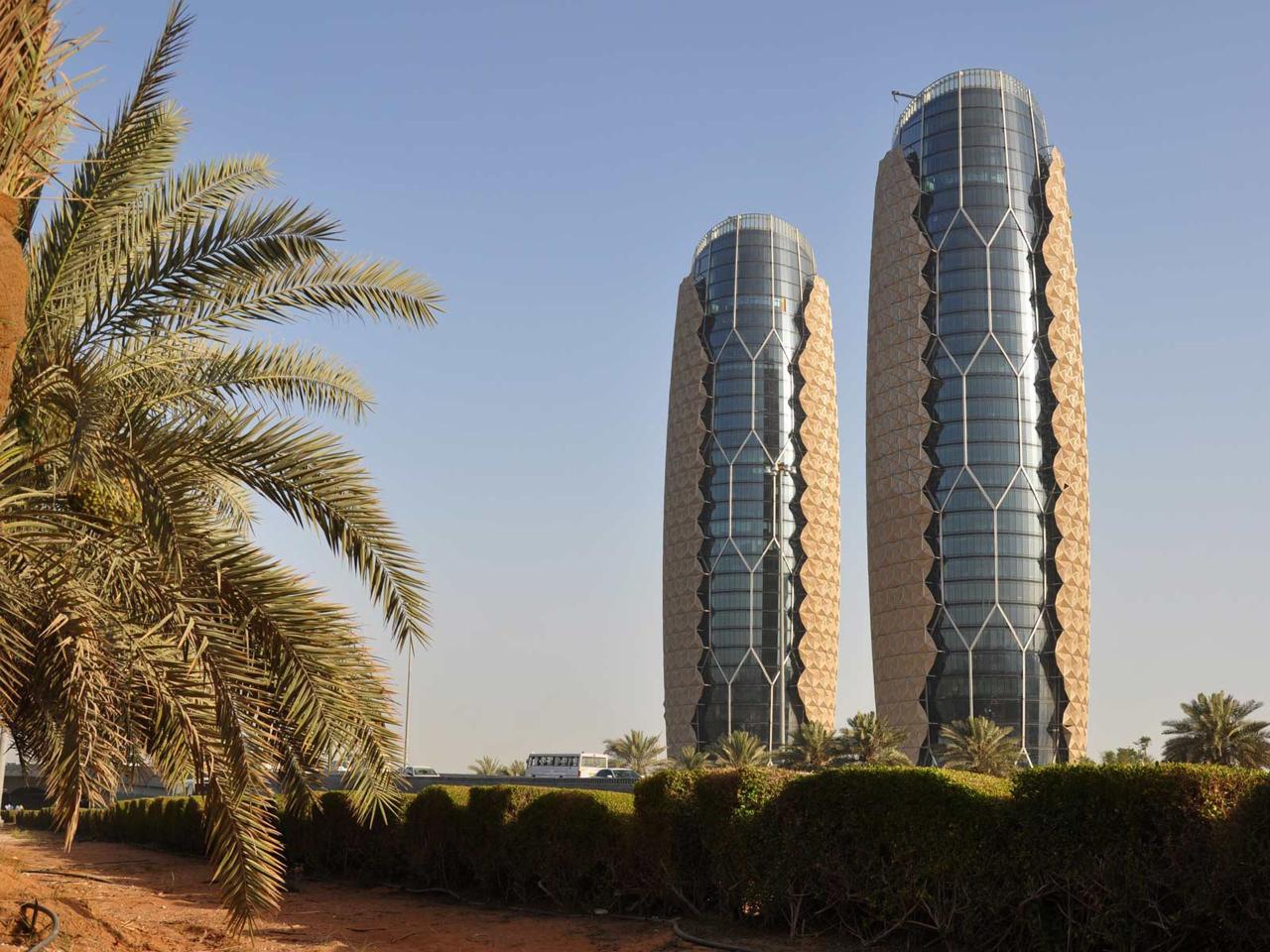
The towers’ exterior is composed of a honeycomb-like structure that responds to the sun’s movement, opening and closing to reduce heat gain and glare. This adaptive system reduces the building’s energy consumption by minimizing the need for air conditioning.
By fusing cultural heritage with cutting-edge technology, the Al Bahar Towers exemplify how architectural design can address environmental challenges while preserving aesthetic and cultural values.
9. Cultural Preservation: The Louvre Abu Dhabi
The Louvre Abu Dhabi represents a cross-cultural collaboration that brings together art, architecture, and global heritage. Designed by French architect Jean Nouvel, the museum’s distinctive dome creates a “rain of light” effect, filtering sunlight through an intricate pattern inspired by interlaced palm leaves.
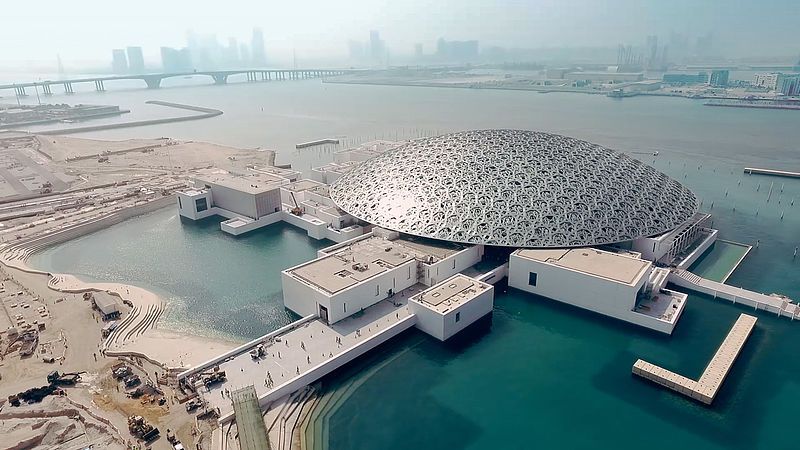
The museum’s design pays homage to traditional Arabic architecture while providing a contemporary space for exhibiting artworks from around the world. The collaboration between the United Arab Emirates and France reflects a shared commitment to cultural exchange and education.
By housing a diverse collection that spans civilizations and historical periods, the Louvre Abu Dhabi fosters a global dialogue and highlights the universal nature of artistic expression.
10. Educational Spaces as Art: The Learning Hub at Nanyang Technological University
The Learning Hub, also known as “The Hive,” at Nanyang Technological University in Singapore reimagines educational architecture by incorporating artistic and sustainable design elements. Designed by Thomas Heatherwick, the building consists of 12 towers arranged around a central atrium, with rounded classrooms that promote collaborative learning.
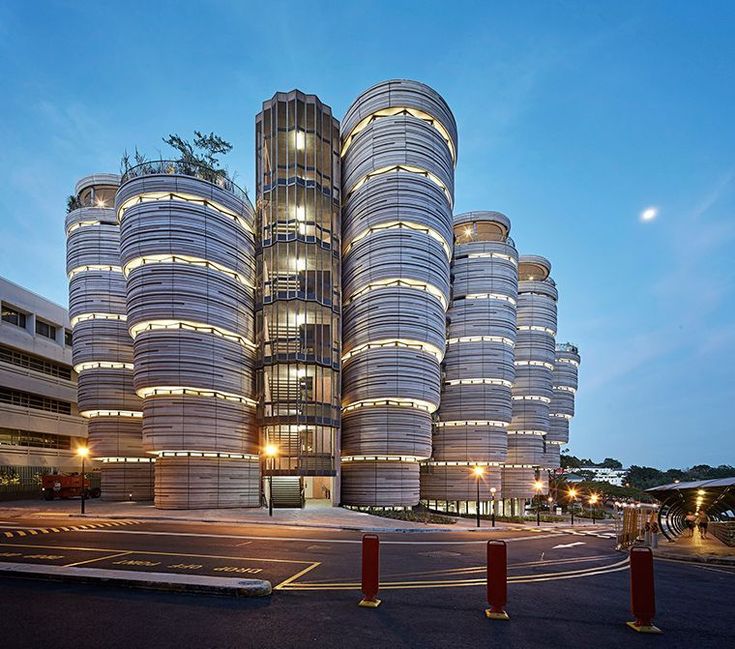
The structure emphasizes natural ventilation and light, reducing energy consumption and creating a comfortable environment. Its organic forms and textured façade contribute to a visually stimulating space that inspires creativity and interaction among students.
By treating educational spaces as opportunities for artistic expression, the Learning Hub demonstrates how architecture can influence learning experiences and foster a sense of community.
Conclusion
The convergence of art and architecture has the power to transform not only physical spaces but also the way we experience the world. Through collaborative efforts, architects and artists push the boundaries of creativity, resulting in structures that are functional, sustainable, and deeply connected to cultural narratives.
These global wonders illustrate the myriad ways in which this synergy can manifest—from revitalizing urban areas and promoting sustainability to preserving cultural heritage and enhancing educational environments. As we look to the future, the continued collaboration between art and architecture promises to shape landscapes that are not only visually stunning but also enrich the human spirit.

